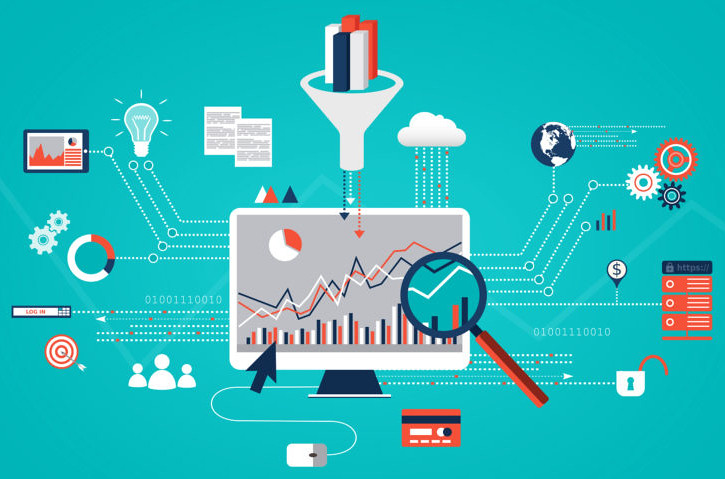Advertising and marketing have come a long way since the days of print ads and radio jingles. Today, the rise of artificial intelligence (AI) is transforming the industry, enabling companies to deliver highly personalized, data-driven marketing campaigns that connect with consumers on a deeper level than ever before. In this blog post, we'll explore the impact of AI on advertising and marketing, and how businesses can leverage this technology to create more effective and engaging campaigns.
What is Artificial Intelligence?
Artificial intelligence refers to the simulation of human intelligence in machines that are programmed to think and act like humans. AI technologies include natural language processing, machine learning, and computer vision, among others. These tools allow machines to learn from data, make predictions, and perform tasks that would typically require human intervention.
AI in Advertising and Marketing
The use of AI in advertising and marketing has revolutionized the industry, enabling companies to deliver highly personalized, targeted campaigns that resonate with consumers on a deeper level. AI technology allows businesses to analyze vast amounts of data on consumer behavior, preferences, and interests, and use that data to create more relevant and engaging ads. Gone are the days of the Mad Men!
Here are some examples of how AI is being used in advertising and marketing:
1. PersonalizationAI enables businesses to create highly personalized marketing campaigns that are tailored to individual consumer preferences. By analyzing data on consumer behavior and preferences, businesses can create targeted campaigns that are more likely to resonate with their target audience.
AI can be used to predict consumer behavior, such as purchasing patterns, based on past behavior and other data points. This allows businesses to create more effective campaigns that are designed to drive specific actions, such as purchasing a product or signing up for a service.
AI-powered chatbots are being used by businesses to provide customer service and support 24/7. These chatbots can help customers with their inquiries, resolve issues, and even make product recommendations based on the customer's past behavior.
Challenges and Considerations
While AI presents many opportunities for businesses to create more effective and engaging ad campaigns, there are also several challenges and considerations that businesses need to keep in mind.
One of the most significant challenges is the need to maintain consumer trust. As AI becomes more prevalent in advertising and marketing, businesses need to be transparent about how they are using consumer data and ensure that their campaigns are not crossing any ethical boundaries.
Another consideration is the potential for AI-powered ad campaigns to perpetuate bias and discrimination. For example, if AI algorithms are based on biased data, they may perpetuate that bias and discrimination in their ad campaigns. Businesses need to be aware of this risk and take steps to ensure that their algorithms are free from bias.
Conclusion
AI is transforming the advertising and marketing industry, enabling businesses to create more personalized, targeted campaigns that resonate with consumers on a deeper level. However, as with any technology, there are challenges and considerations that businesses need to keep in mind. By staying transparent, avoiding bias, and using AI technology responsibly, businesses can create effective and engaging ad campaigns that deliver real results. With AI, the future of advertising and marketing is more exciting and promising than ever before.




.png)
Comments
Post a Comment